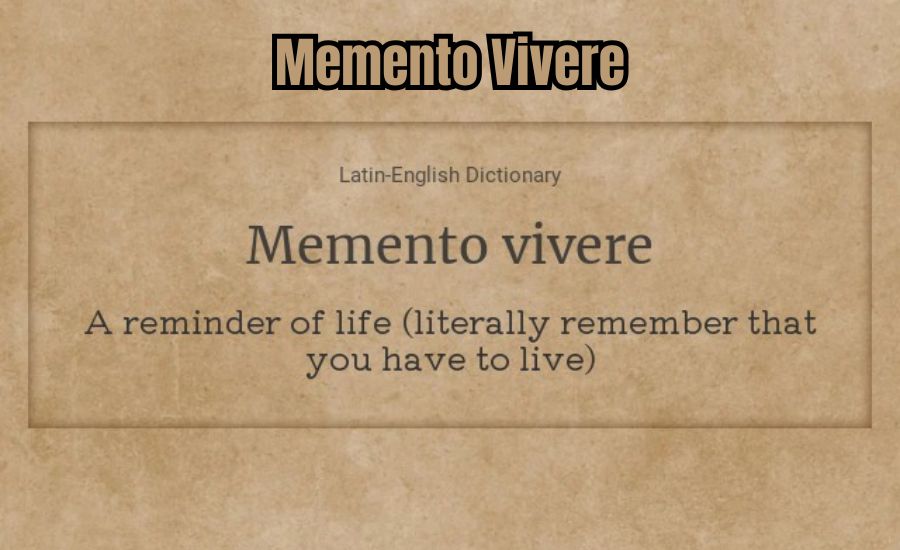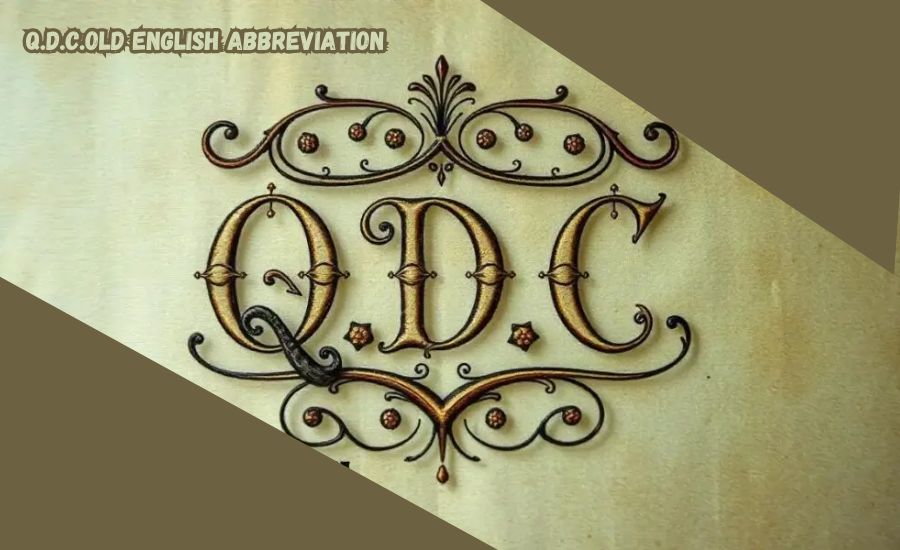The Vibrant Essence of Culo Colombiana: A Deep Dive into the Rich Culture of Colombia

Colombia is a country rich in history, diverse in its landscapes, and vibrant in its cultural expressions. One intriguing aspect of Colombian identity is encapsulated by the term “Culo Colombiana.” This phrase represents much more than its literal translation; it signifies the essence and spirit of Colombian life. In this article, we will explore the meaning of Culo Colombiana, its cultural roots, and its contemporary significance.
Unveiling the Meaning of Culo Colombiana
The term “Culo Colombiana” is multifaceted and culturally rich. While “culo” can have a straightforward meaning in Spanish, in this context, it denotes the core or heart of something. When paired with “Colombiana,” it embodies the deep-seated cultural identity and spirit of Colombia and its people.
Historical and Cultural Roots
Indigenous Heritage
The roots of Culo Colombiana can be traced back to Colombia’s indigenous civilizations. Long before Spanish colonization, various indigenous tribes thrived in the region, each with its unique traditions, languages, and ways of life. These indigenous cultures laid the foundation for many aspects of what we now recognize as Culo Colombiana.
African Influence
The arrival of African slaves during the colonial period significantly influenced Colombian culture. The African heritage is evident in Colombia’s music, dance, and religious practices. This blending of cultures has created a rich tapestry that is central to the concept of Culo Colombiana.
Spanish Colonization
Spanish colonization introduced new elements to Colombian culture, including language, religion, and governance. The fusion of Spanish, African, and indigenous cultures over centuries has resulted in the vibrant and diverse Colombian identity we see today.
Cultural Expressions of Culo Colombiana

Music and Dance
One of the most vibrant expressions of Culo Colombiana is found in Colombian music and dance. Genres like Cumbia, Vallenato, and Salsa are not just entertainment but are deeply rooted in the country’s cultural history. Each genre tells a story, reflecting the country’s diverse influences and the joy and resilience of its people.
Cumbia
Cumbia is perhaps the most emblematic of Colombian music genres. Originating from the Caribbean coast, it combines indigenous, African, and Spanish influences. The rhythms of Cumbia are lively and infectious, often accompanied by traditional instruments like drums and flutes. The dance that accompanies Cumbia is equally dynamic, symbolizing the spirit of Culo Colombiana.
Vallenato
Vallenato, originating from the northern part of Colombia, is another genre that exemplifies Culo Colombiana. It traditionally uses instruments like the accordion, caja (a type of drum), and guacharaca (a percussion instrument). Vallenato songs often tell stories of love, everyday life, and the Colombian landscape, capturing the essence of Colombian culture.
Salsa
Salsa, although not originally from Colombia, has become an integral part of Colombian culture, especially in cities like Cali. Known as the “Salsa Capital of the World,” Cali has embraced Salsa, and it is a key part of social life and celebrations. The high-energy rhythms and passionate dance moves are a perfect representation of Culo Colombiana.
Cuisine
Colombian cuisine is a delicious reflection of its cultural diversity. Each region offers unique dishes that showcase local ingredients and cooking methods.
Arepas
Arepas are a staple across Colombia. Made from ground maize dough, these versatile corn cakes can be grilled, baked, or fried and are often filled with cheese, meat, or eggs. Each bite of an arepa is a taste of Colombia’s indigenous and Spanish culinary heritage.
Bandeja Paisa
Bandeja Paisa is a hearty dish that originates from the Antioquia region. It typically includes rice, beans, ground beef, chorizo, fried egg, plantain, and avocado, all served on a single plate. This dish reflects the agricultural roots of the region and the importance of hearty, nourishing food in Colombian culture.
Ajiaco
Ajiaco is a traditional soup from the Andean region, particularly Bogotá. Made with chicken, three types of potatoes, corn, and a special herb called guasca, this soup is both comforting and flavorful. Ajiaco is often enjoyed with avocado, capers, and cream, representing the diverse ingredients found in Colombian cuisine.
The Contemporary Significance of Culo Colombiana

Festivals and Celebrations
Colombia’s cultural calendar is packed with festivals that celebrate various aspects of its heritage. These events are vibrant displays of Culo Colombiana, bringing together music, dance, food, and community.
Barranquilla Carnival
The Barranquilla Carnival is one of the most famous cultural events in Colombia. Held annually before Lent, this carnival features parades, music, dance, and elaborate costumes. It is a perfect representation of Culo Colombiana, showcasing the country’s ability to blend indigenous, African, and Spanish traditions into a unique and colorful celebration.
Feria de Cali
The Feria de Cali, held in December, is a celebration of Salsa music and dance. This event attracts dancers and musicians from around the world, turning the city of Cali into a giant dance floor. The Feria de Cali exemplifies the passion and energy that are central to Culo Colombiana.
Social Media and Global Influence
In the digital age, the concept of Culo Colombiana has found a new platform in social media. Colombian influencers, musicians, chefs, and artists use platforms like Instagram, YouTube, and TikTok to share their culture with a global audience. This digital presence helps to spread awareness of Colombian culture and fosters a sense of pride among Colombians.
The Role of Culo Colombiana in Tourism
Cultural Tourism
Colombia’s rich cultural heritage is a major draw for tourists. Visitors are eager to experience the country’s music, dance, food, and festivals. Cultural tours offer an immersive experience, allowing tourists to participate in traditional dance classes, cooking workshops, and guided visits to historical sites.
Coffee Cultural Landscape
The Coffee Cultural Landscape of Colombia, a UNESCO World Heritage site, is a prime example of cultural tourism. This region offers a glimpse into the country’s coffee-growing traditions, with tours of coffee farms, tastings, and educational experiences about the coffee-making process. The region’s beautiful landscapes and rich cultural practices are a true representation of Culo Colombiana.
Adventure Tourism
Beyond cultural tourism, Colombia’s diverse landscapes provide ample opportunities for adventure tourism. The country’s mountains, beaches, rainforests, and rivers attract nature lovers and thrill-seekers.
Tayrona National Park
Tayrona National Park, located on the Caribbean coast, offers a stunning mix of beaches, jungle, and ancient ruins. Visitors can hike through lush forests, relax on pristine beaches, and explore the archaeological remains of the Tayrona civilization. This park is a testament to Colombia’s natural beauty and its commitment to preserving its cultural heritage.
The Amazon Rainforest
The Colombian Amazon is a vast and biodiverse region that offers unique experiences for adventurous travelers. From guided jungle tours to wildlife spotting and river cruises, the Amazon provides a deep connection with nature and an appreciation for Colombia’s ecological diversity.
Embracing and Preserving Culo Colombiana

As Colombia continues to develop and modernize, the preservation of its cultural heritage is crucial. Efforts to protect and promote Culo Colombiana are essential for maintaining the country’s unique identity.
Government and Community Initiatives
The Colombian government and various community organizations are actively involved in preserving and promoting cultural heritage. Initiatives include funding for cultural festivals, support for traditional arts and crafts, and educational programs that teach the younger generation about their cultural roots.
International Recognition
International recognition of Colombian culture, such as UNESCO World Heritage sites and global music awards, helps to promote Culo Colombiana on the world stage. These accolades not only bring attention to Colombia’s rich cultural heritage but also encourage cultural exchange and tourism.
The Future of Culo Colombiana
Looking ahead, the concept of Culo Colombiana will continue to evolve while maintaining its core essence. The younger generation of Colombians is playing a vital role in this evolution, blending traditional practices with modern influences. Through art, music, fashion, and digital media, they are ensuring that Culo Colombiana remains vibrant and relevant.
Innovation and Creativity
Colombian artists, musicians, and designers are at the forefront of this cultural evolution. By experimenting with new forms and techniques, they are creating innovative expressions of Culo Colombiana that resonate with both local and global audiences.
Education and Cultural Awareness
Educating the younger generation about Colombia’s cultural heritage is key to preserving Culo Colombiana. Schools and cultural institutions play a crucial role in this process, offering programs and resources that promote cultural awareness and pride.
Conclusion
In conclusion, Culo Colombiana is all about celebrating the amazing culture of Colombia. From dancing to yummy food, and exciting festivals, it shows off the lively and friendly spirit of the Colombian people. Whether you’re learning to dance Cumbia, tasting an arepa, or exploring beautiful places like Tayrona National Park, you get to feel the heart and soul of Colombia.
As more people around the world discover Culo Colombiana, it’s important to keep sharing and protecting these special traditions. With kids learning about their culture and people showing off their Colombian pride online, Culo Colombiana will stay alive and exciting for many years to come. So, let’s keep dancing, eating, and celebrating all the wonderful things that make Colombia so special!
FAQs
Q: What does “Culo Colombiana” mean?
A: Culo Colombiana represents the heart and spirit of Colombian culture.
Q: What are some traditional Colombian dances?
A: Popular dances include Cumbia, Vallenato, and Salsa.
Q: What is a typical Colombian dish?
A: Arepas and Bandeja Paisa are well-loved Colombian dishes.
Q: What is the Barranquilla Carnival?
A: It’s a famous festival in Colombia with parades, music, and dance.
Q: Where can I experience Colombian culture?
A: Visit places like Tayrona National Park and the Coffee Cultural Landscape.
Q: How does Colombia celebrate its culture online?
A: Colombians share their culture on social media through music, food, and dance videos.
Q: Why is Culo Colombiana important?
A: It helps preserve and celebrate Colombia’s rich cultural heritage.
Q: How can tourists enjoy Culo Colombiana?
A: Tourists can join festivals, try local foods, and explore beautiful sites in Colombia.
Follow us for the latest recipe news and updates: USA MAGZENE







